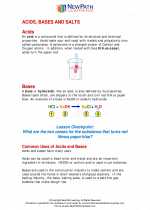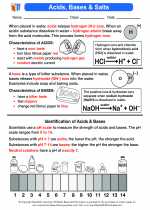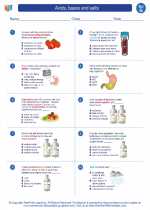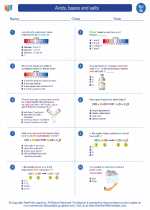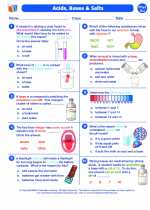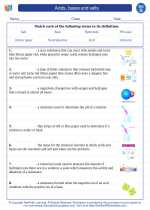The Moon
The moon is Earth's only natural satellite and is the fifth largest moon in the Solar System. It has a significant impact on Earth's tides and has been the subject of fascination and study for centuries.
Phases of the Moon
The moon goes through different phases as it orbits the Earth. These phases include:
- New Moon
- Waxing Crescent
- First Quarter
- Waxing Gibbous
- Full Moon
- Waning Gibbous
- Last Quarter
- Waning Crescent
Moon's Role in Tides
The gravitational pull of the moon causes ocean tides on Earth. There are two high tides and two low tides every day, and the moon plays a crucial role in this phenomenon.
Surface Features
The moon's surface is covered in craters, plains, and mountains. The dark areas are called maria, while the lighter areas are called terrae.
Exploration of the Moon
Throughout history, there have been various missions to explore the moon, including the Apollo missions by NASA in the 1960s and 1970s.
Study Guide Questions
- What is the role of the moon in causing tides on Earth?
- Explain the different phases of the moon and how they occur.
- What are the major surface features of the moon?
- Describe a significant historical event related to the exploration of the moon.
Conclusion
Studying the moon provides valuable insights into the dynamics of our solar system and the impact of celestial bodies on Earth. Understanding its phases, surface features, and historical significance is essential for a comprehensive knowledge of the universe.
